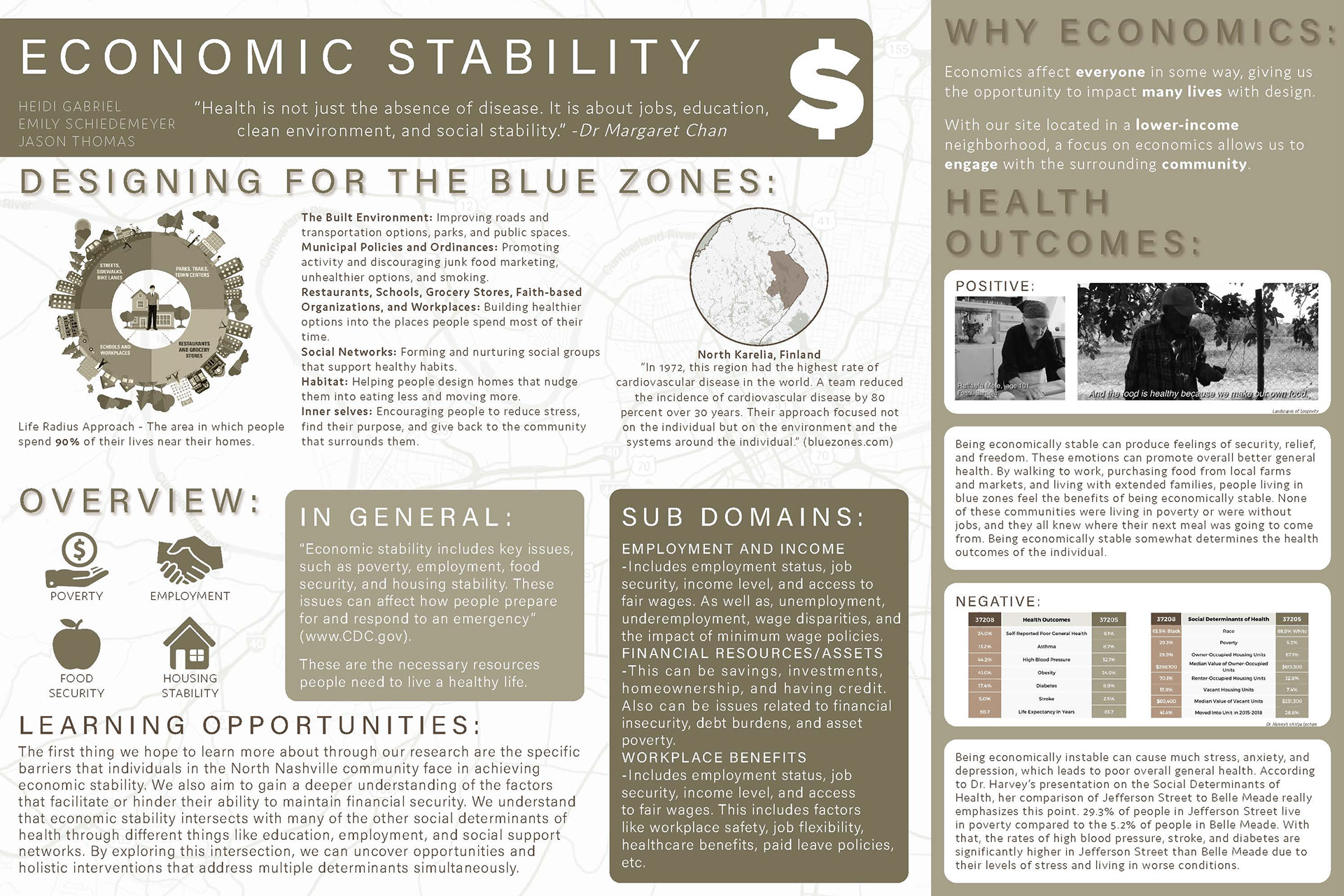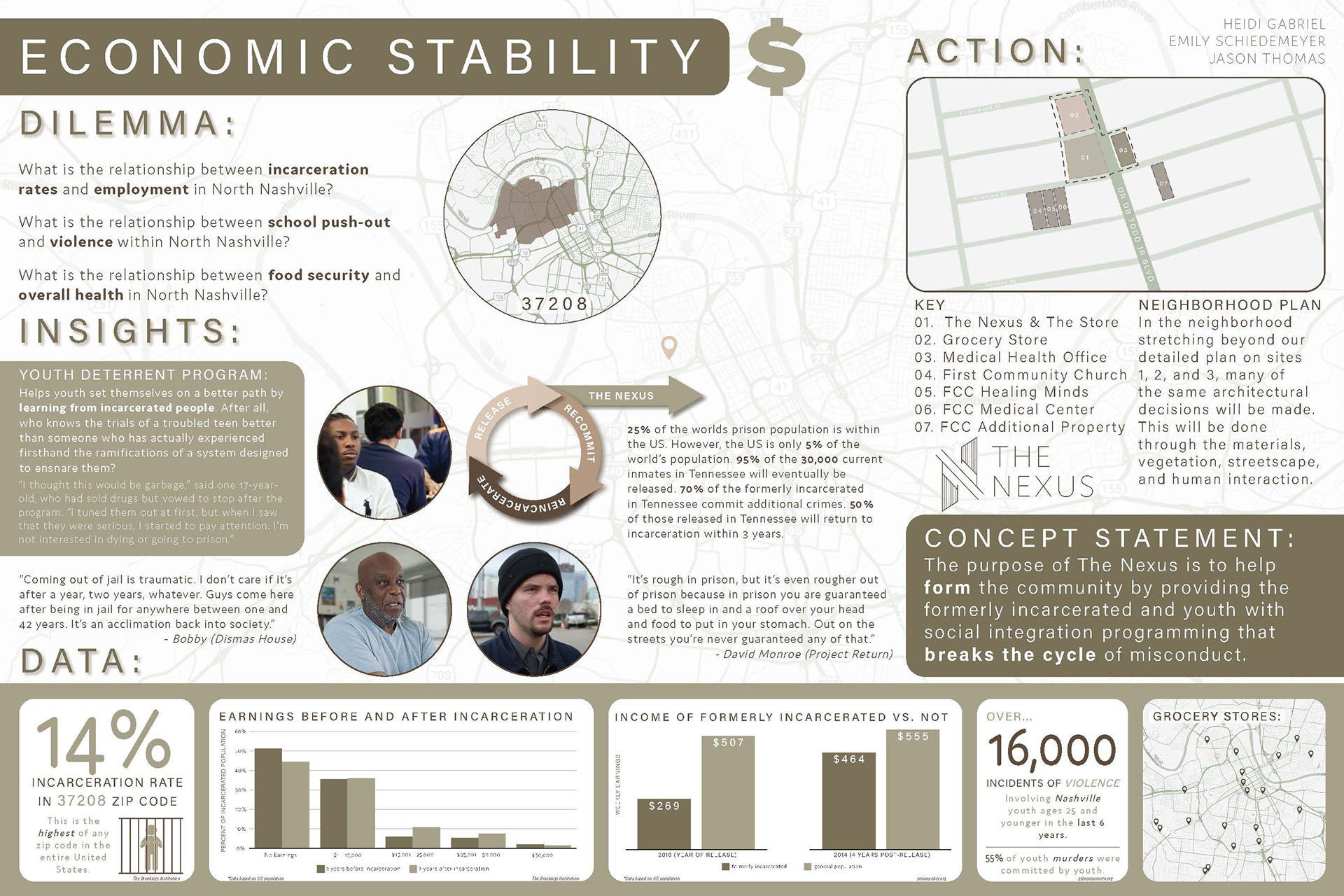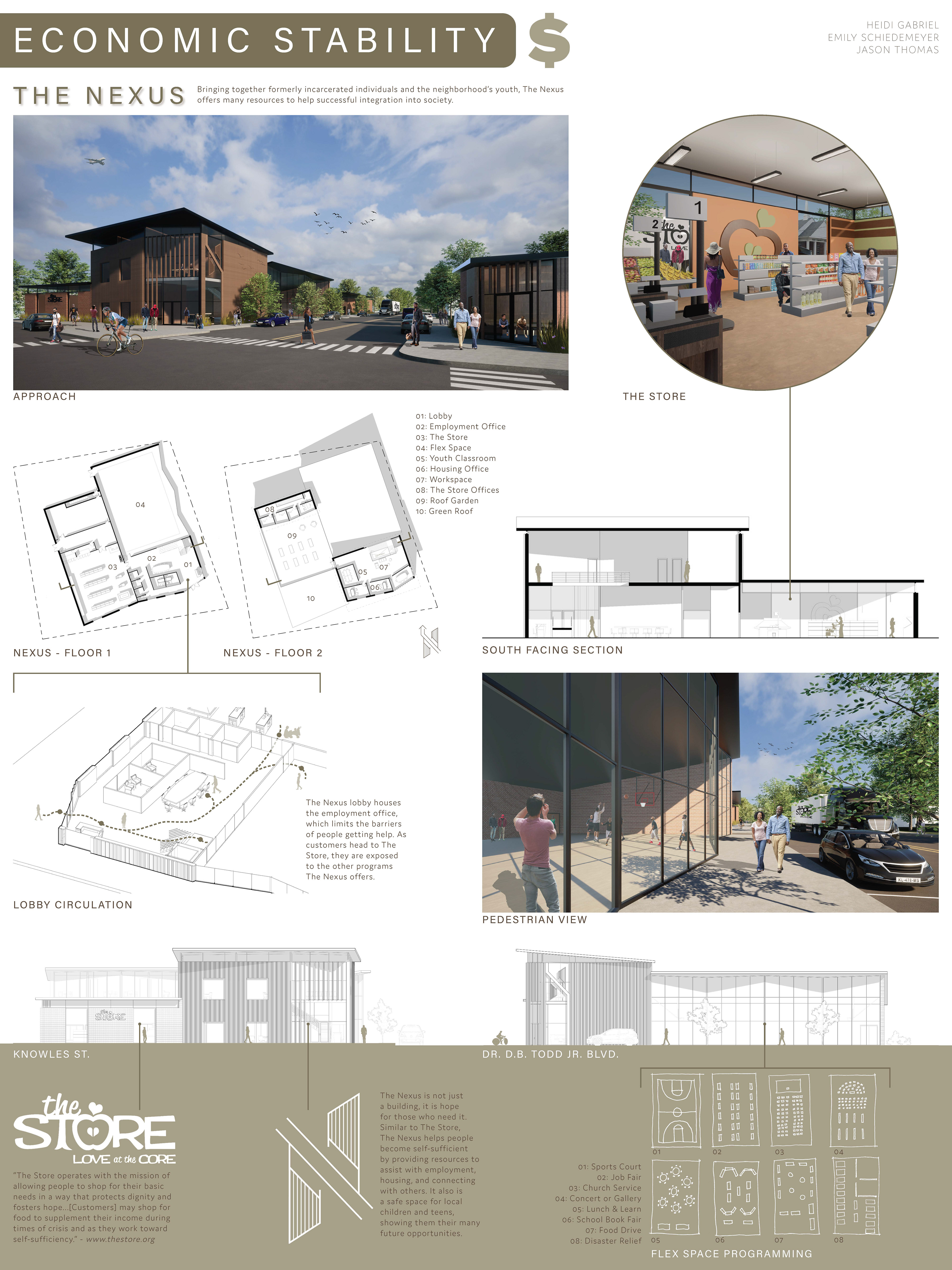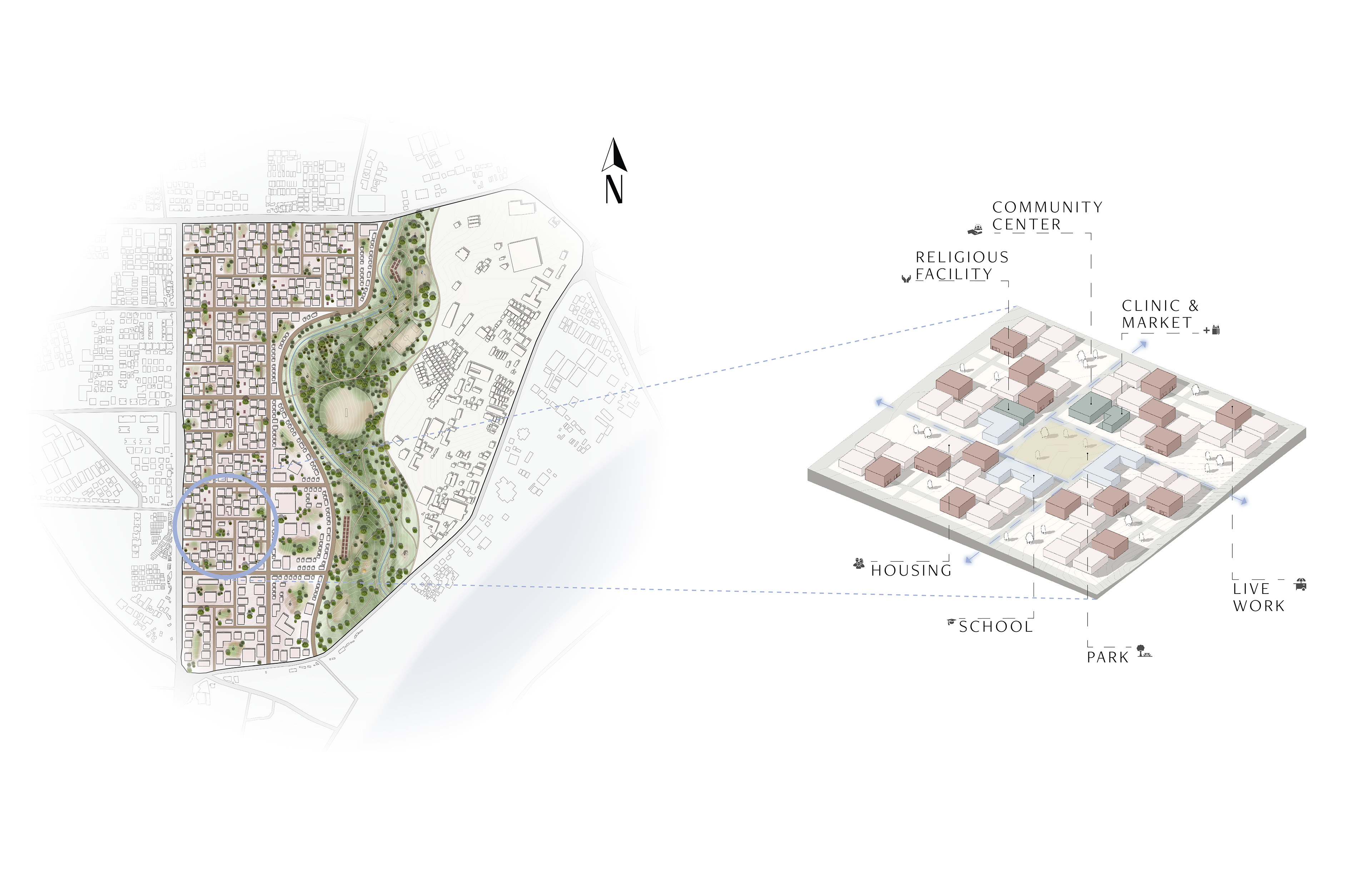"Architects’ professional commitment to equity and inclusion in the environments we design, the policies we adopt, the words we speak, the actions we take, and the respectful learning, teaching, and working environments we create."
"Architects seek fairness, diversity, and social justice in the profession and in society and support a range of pathways for students seeking access to an architecture education."
National Architectural Accrediting Board (NAAB)
Access and equity are fundamental principles because they ensure that architecture is designed to be universally accessible and inclusive for all individuals. At Belmont’s architecture program, there is a strong commitment to fostering an equitable learning environment that reflects these values. I have engaged deeply with this topic through several courses, including Studio VI, Studio V, and Theory of Architecture. These classes have provided me with a comprehensive understanding of the importance of access and equity, especially as architects face growing demands to comply with codes and contribute to broader conversations about these issues.
EDUCATION ACCESS [LO-5]
Architects play a crucial role in enhancing access and equity within architectural education, practice, and society as a whole. One quick way to champion the design of inclusive environments is by prioritizing universal design principles in our projects. This means creating spaces that are accessible to everyone, especially those with disabilities, through thoughtful features like sensory elements and ramps. It is also important to consider limiting the need for alternate routes for those with physical disabilities, enabling the whole design to be accessible allows for everyone to experience the space the same. Engaging with marginalized communities during the design process can also ensure that their voices are heard and their needs are met.
Adopting equitable policies within architecture firms is essential. This includes implementing things such as diverse hiring practices and establishing mentorship programs for groups that may be underrepresented. By fostering a culture of inclusion and support, we can bring a wider range of perspectives to the drawing table, enhancing the profession as a whole. Additionally, we can advocate for social justice through our projects by supporting things like affordable housing initiatives that benefit low-income communities.
Furthermore, we should actively seek to create respectful environments in both our actions and the way we communicate. Architects have the opportunity to engage in community workshops and charettes that allow us to listen to and incorporate the feedback of those we serve. Lastly, supporting various pathways to architecture education with mentorship, scholarships, and outreach programs can help make the profession more accessible to diverse groups of individuals. Through these efforts, architects can contribute to a much more equitable and inclusive built environment.
In Studio VI, our team project was a direct exploration of access and equity. We worked on a design for a new facility for The Store, a non-profit grocery store dedicated to addressing food insecurity, in partnership with the historic First Community Church in North Nashville. Our project was analyzed through the frameworks of the Social Determinants of Health (SDoH), with our group focusing on Economic Sustainability. To address this, we designed a new building, The Nexus, which would include a new location for The Store. The Nexus is envisioned to be a multifunctional space, including an employment office, a large flexible area, a mental health office, a housing assistance office, and classrooms for youth. This approach aimed to create a comprehensive support system that enhances community well-being and fosters greater economic and social equity.
DIDACTIC STATEMENT:
This project, The Nexus, was completed in Studio VI with Professor Fernando Lima in the spring 2024 semester. It was a major undertaking, involving a full semester of work, starting with a month of research and ending with a two-week design competition. This project really showed me how important detailed research is in shaping design—our team even won the award for Best Data-Informed Design. Despite the challenges, I learned a lot about how understanding the site’s context, demographics, and community conditions can really enhance our designs.
One standout activity was our scavenger hunt around North Nashville. It was a fun way to get to know the area and gather ideas for our project. For example, we noticed a smoke and vape shop next to our site that seemed to be dragging down the neighborhood. We decided to transform that building into a new grocery store to better serve the community and help improve the area.





During the fall semester of my fourth year, I was introduced to my first world studio project in Ahmedabad, India. The project was focused on the redevelopment of a current slum in the city's urban context to provide equitable and healthy living conditions to those who dwell in that area. With it being a low-income settlement, my group decided to take a focus fair and equitable housing, reducing density, and providing necessary resources without changing the way these people live their lives.
DIDACTIC STATEMENT:
The project that my group entitled Community at Scale was completed in the fall of 2023 during studio V with professor Fernando Lima. With this being our largest project in terms of scale, we took a whole picture approach with urban planning using pattern language and shape grammar strategies. These strategies were used at a large scale with the urban plan, medium scale with building organization, and at a small scale with unit layouts, allow us to achieve all of this in just one semester. The low-income housing was designed flexible to fit the needs of any specific family, not mater the size or living preference. In addition to this, our project introduced mixed-income, this was done to help boost economic growth in the area, but also to get rid of the 'slum' stigma. Overall, our project was successful in designing for equity and access with the design of our neighborhoods focusing on providing all necessary resources within just a short walk.




